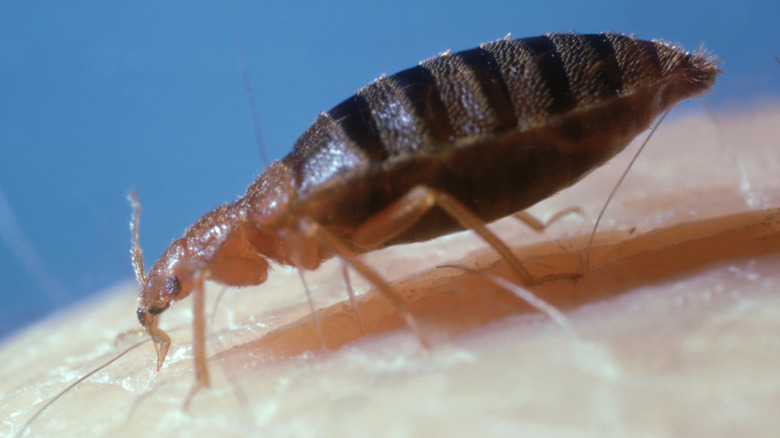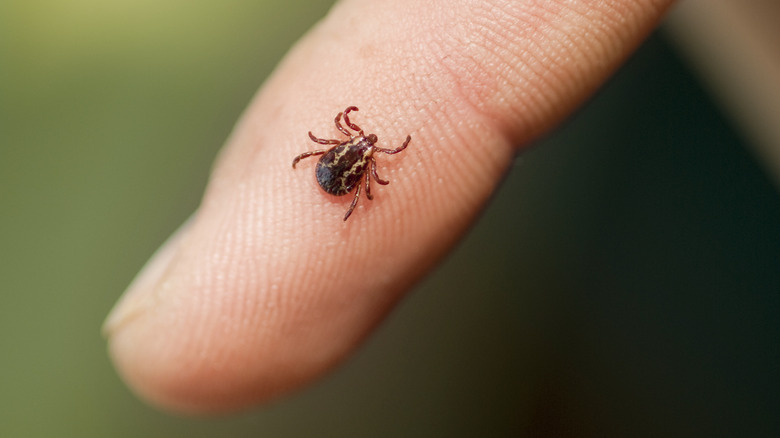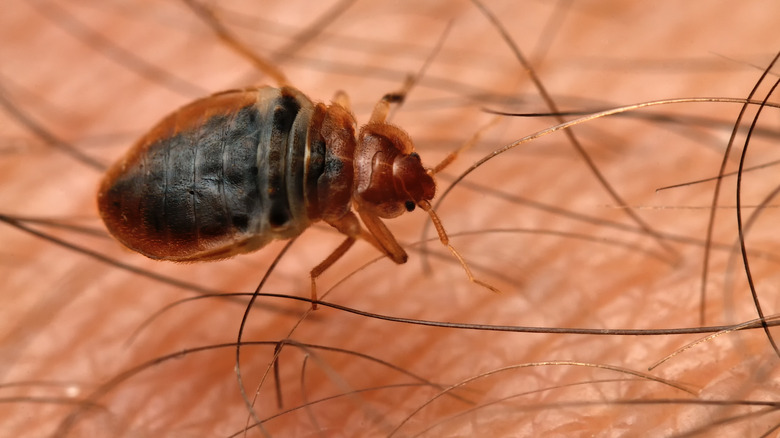How To Spot The Difference Between Ticks And Bed Bugs
Identifying the type of bug crawling along the floor in your home or attached to your dog's fur is critically important. Any pest can be problematic, but some bugs are worse than others to find in your home, especially when it comes to ticks and bed bugs. Both are public nuisances and are difficult to get rid of. There are differences between them, and learning which one you have can help you choose the best treatment method for your home. Numerous types of ticks exist, including the American dog tick (Dermacentor variabilis) and black-legged tick (Ixodes scapularis). These are bloodsucking parasites that can spread diseases such as Lyme disease. Meanwhile, bed bugs (Cimex lectularius) are another pest that feeds on host blood sources, including people. Bed bugs, though very troublesome to manage, are not likely to spread disease.
Whether you're looking for the best ways to get rid of bed bugs or how to remove a tick from your pet, the first step is to know the difference between these pests. Both pests are oval in shape and lack wings. Both pests are very small, but you can spot the difference if you can count the legs. Bed bugs have six legs, and ticks have eight. They also have a few other differences that could give you a better idea of what's lurking in your home.
How to identify a tick in your home
Ticks, which move through four stages of life from an egg to a larva and then to a nymph before becoming an adult, must have access to a blood source to live. The easiest way for them to do this is to latch onto a host, such as a dog or critter running through your yard. Once they attach themselves to a host, they cut into the surface of the skin, insert a mouth tube into the layers of the epidermis, and suck the blood slowly from the host, typically over a span of several days.
An adult-sized tick is about the size of an apple seed, but once it consumes blood, it will balloon in size. This is another tell-tale sign that you have a tick, not a bed bug. Their significantly inflated size can give them away. Also note that most tick infestations occur outdoors, such as in your yard or garden. If you have a significant infestation in your home, that is less likely to be a tick problem. By working to keep ticks out of your yard, you may minimize the risk of ticks entering your home.
How to identify a bed bug in your home
Bed bugs also feed on blood, often creating itchy bites on the skin. Usually preferring a human host, you may notice the bites before you notice the pests themselves. They may bite into the skin several times, often creating a line along the skin, and then feed. This typically happens at night while their host is sleeping. If you notice bite marks, look closer at the edges of a mattress, under carpeting, or in curtains. The electrical plug near your bed is another sneaky place to check for bed bugs.
Bed bugs can travel several yards to find a host, finding them by the carbon monoxide they breathe out. Once they do, they stay close, lurking in deeply hidden areas until their host settles in for the night. Bed bugs tend to be white in color until they feed. Once they do, they turn a much darker red-brown color. It may not sound appealing, but if you notice any blood spots on your bed, that could be from crushing them!


